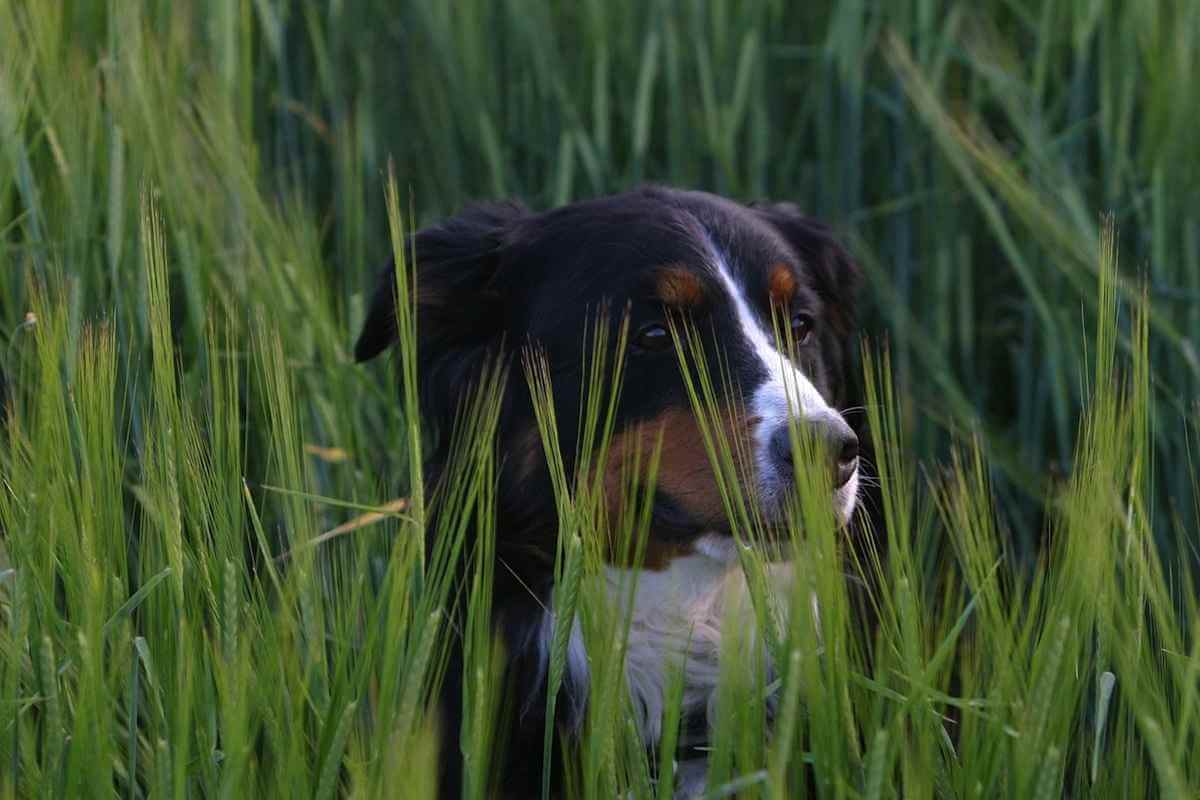
Foxtail grass dog symptoms and what to do! With the hot season, the meadows, the city flower beds and roadsides are filled with dangerous enemies of our four-legged friends: the fearsome foxtail grass! The latter, from the plant world, are small, seemingly harmless and terribly treacherous! Let’s find out how to protect our dogs from foxtail grass..
What is foxtail grass?
Foxtail grass is a type of grass in the shape of the ear of corn; the green ones are harmless, but when they become dry they are very dangerous. These little dried bits have hooks with sharp barbs that stick to the dog’s fur, exploiting the dog’s movement to spread their seeds. The most dangerous places a Foxtail grass seed could end up are the ears, the nose, the throat, the spaces between the toes of the feet, but also the anus and, for females, the vulva.
There have also been cases of foxtail grass seeds being removed from less common areas such as the bronchial tree, the liver, the spine, the intestines and the ovaries. This is because, as mentioned earlier, foxtail grass sees move freely on the dogs body because they are barbed. There is no real defense against foxtail grass if not brushing our dog carefully after we take them out for a walk.

Foxtail Grass Symptoms in Dogs
Let’s see what are the main symptoms that indicate the presence of a brome in dogs:
- Foxtail grass seeds in dog ears: If our friend begins to violently shake his head, even in a convulsive way, the probability that a foxtail grass seed got into their ear is very high. You need to immediately intervene before the seed causes damage to the eardrum, especially to prevent bacterial inflammations from pathogenic elements conveyed by the dog’s ear.
- Foxtail grass seeds in the dog’s nose: The most frequent symptom is the dog sneezes repeatedly, and the sneezing also may be accompanied by drops of blood. It ‘s very important that the seed not remain in the dog’s nose so it won’t cause an abscess; in more severe cases the seed might continue its until it reaches the bronchial tree;
- Foxtail grass seeds in the dog’s eye: Usually the dog has a swollen eye, but it can also be a risk of a conjunctivitis, with a lot of corneal perforation and blindness in severe cases;
- Foxtail grass seeds under the dog’s skin: Foxtail grass seeds, with their barbs and hooks, can also make their way under the dogs skin. This is possible because the longer stays on our friend, the more it is able to pierce the skin layers until it gets to the deep muscle layers. This can cause considerable damage by infecting all strata of the skin, causing a rash.
- Foxtail seeds in a dog’s paw: be very careful if your dog is lame dog, as foxtail seeds often end up on the dog’s legs. Check them carefully, and make sure not to forget to take a peek in between the dogs paw pads
Foxtail grass seeds in dogs are really treacherous, so when in doubt always consult your veterinarian.

















